Comparison of 6 major indoor positioning algorithms, which will become the best one?
2025-02-06 Click:123
Various demands have promoted the development of indoor positioning technology. Now outdoor positioning technology is mature, the market mechanism is good, and it is widely used. However, there is no GPS signal indoors and positioning is impossible, but people are indoors most of the time, so there is also a strong demand for indoor positioning. The technical branches of indoor positioning solutions are diverse.
Indoor positioning solutions have huge demand and broad prospects: in commercial scenarios, stores hope that consumers can automatically send some promotional discounts when they enter the store, which can be used for mobile shopping, mobile e-commerce, and personalized advertising/discount information. Users will hope to be able to directly obtain the location of the store or the required product. There are too many navigation and positioning requirements to find boarding gates, hospital departments, booths, and cars in airports, hospitals, convention and exhibition centers, large parking lots, etc. Finally, and most importantly, parents no longer have to worry about their children getting lost. Through the perfect combination of indoor positioning technology and outdoor positioning technology, they can track their children's location in real time.
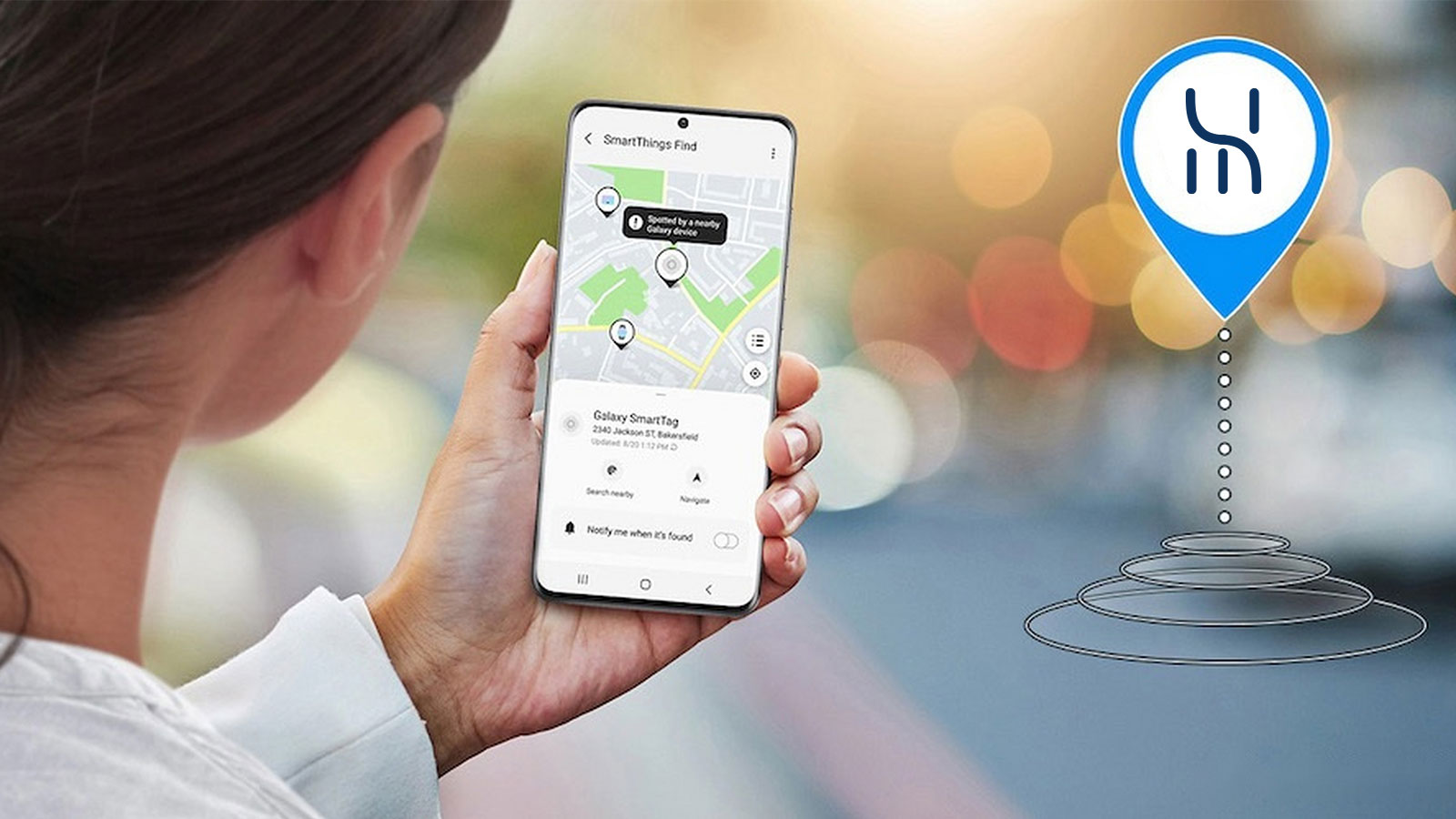
Indoor Positioning Technologies
Multiple demands have promoted the development of indoor positioning technology. Now outdoor positioning technology is mature, the market mechanism is good, and it is widely used. However, there is no GPS signal indoors and positioning is impossible, but people are indoors most of the time, so there is also a strong demand for indoor positioning. There are various technical branches of indoor positioning solutions.
1. UWB (ultra-wideband) pulse signal
Multiple sensors use TDOA and AOA positioning algorithms to analyze the tag position, with strong multipath resolution and high accuracy, and the positioning accuracy can reach centimeter level. However, UWB is difficult to achieve large-scale indoor coverage, and mobile phones do not support UWB, so the positioning cost is very high.
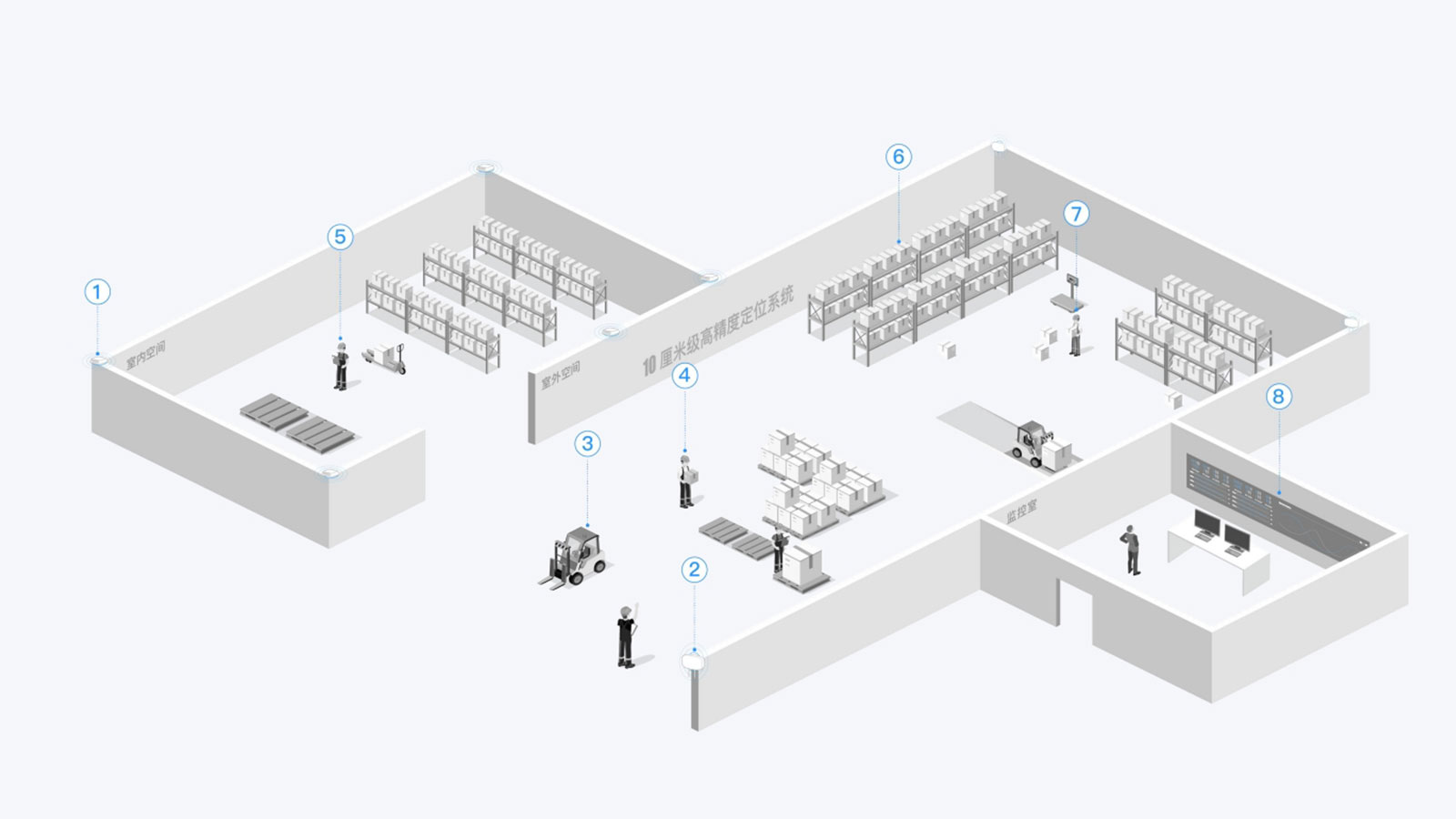
2. RFID positioning
Use the card swiping method to perform interval positioning of the card swiping personnel or equipment according to the reader position. It is mainly used in warehouses, factories, and shopping malls. It is widely used in goods and commodity circulation positioning, ETC, work attendance, etc. It cannot be positioned in real time, the positioning accuracy is low, it does not have communication capabilities, and the anti-interference ability is poor.
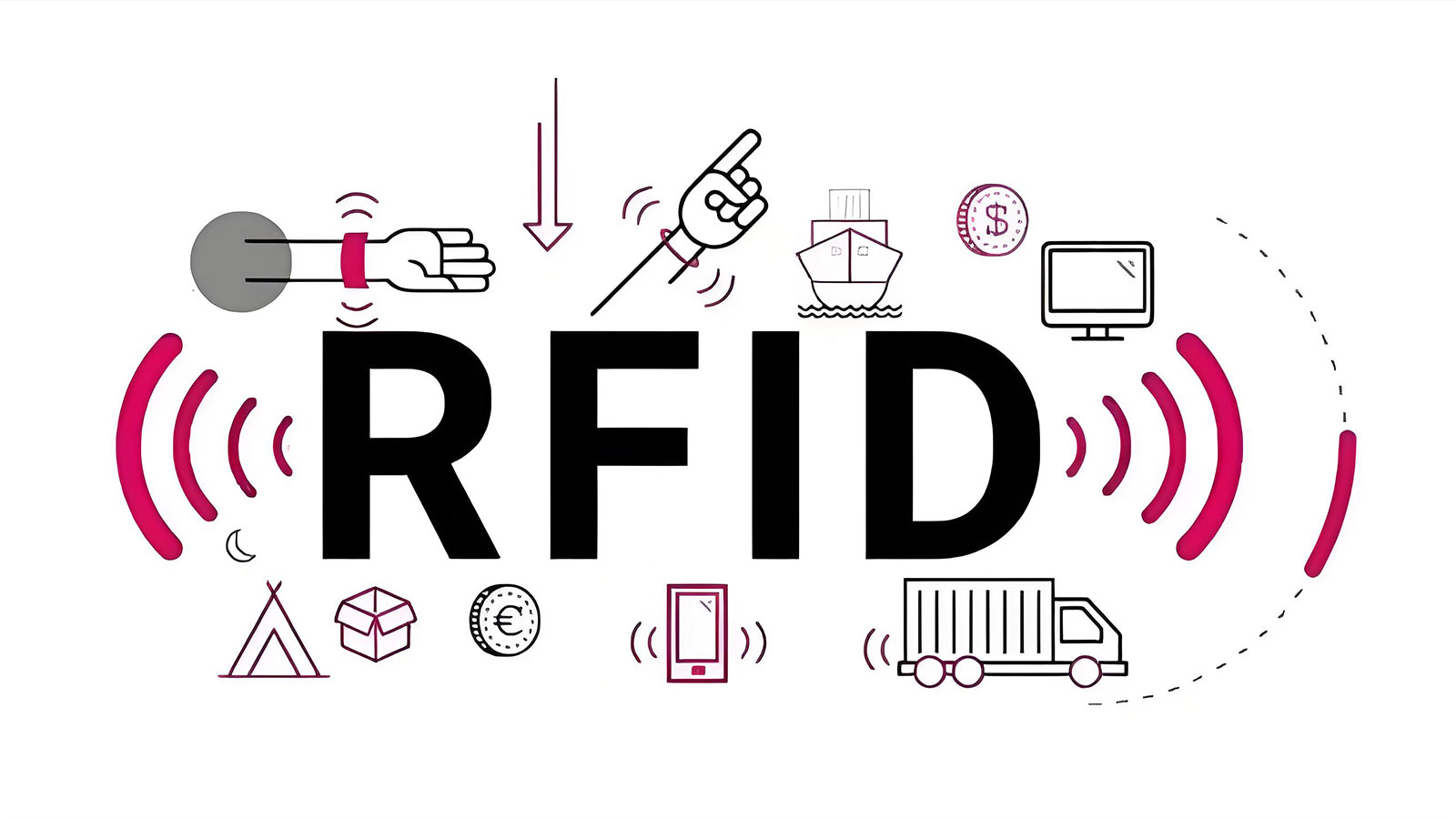
3. ZigBee indoor positioning technology
Through a number of blind nodes to be located and a reference node with a known position and a gateway, a network is formed, and each small blind node communicates with each other to complete the entire positioning. As a low-power and low-cost communication system, ZigBee signal transmission is greatly affected by multipath effects and mobility, and the positioning accuracy depends on the physical quality of the channel, signal source density, environment and algorithm accuracy, resulting in a high cost of positioning software, and there is still a lot of room for improvement. ZigBee indoor positioning has been selected by many large factories and workshops as a personnel on-the-job management system.
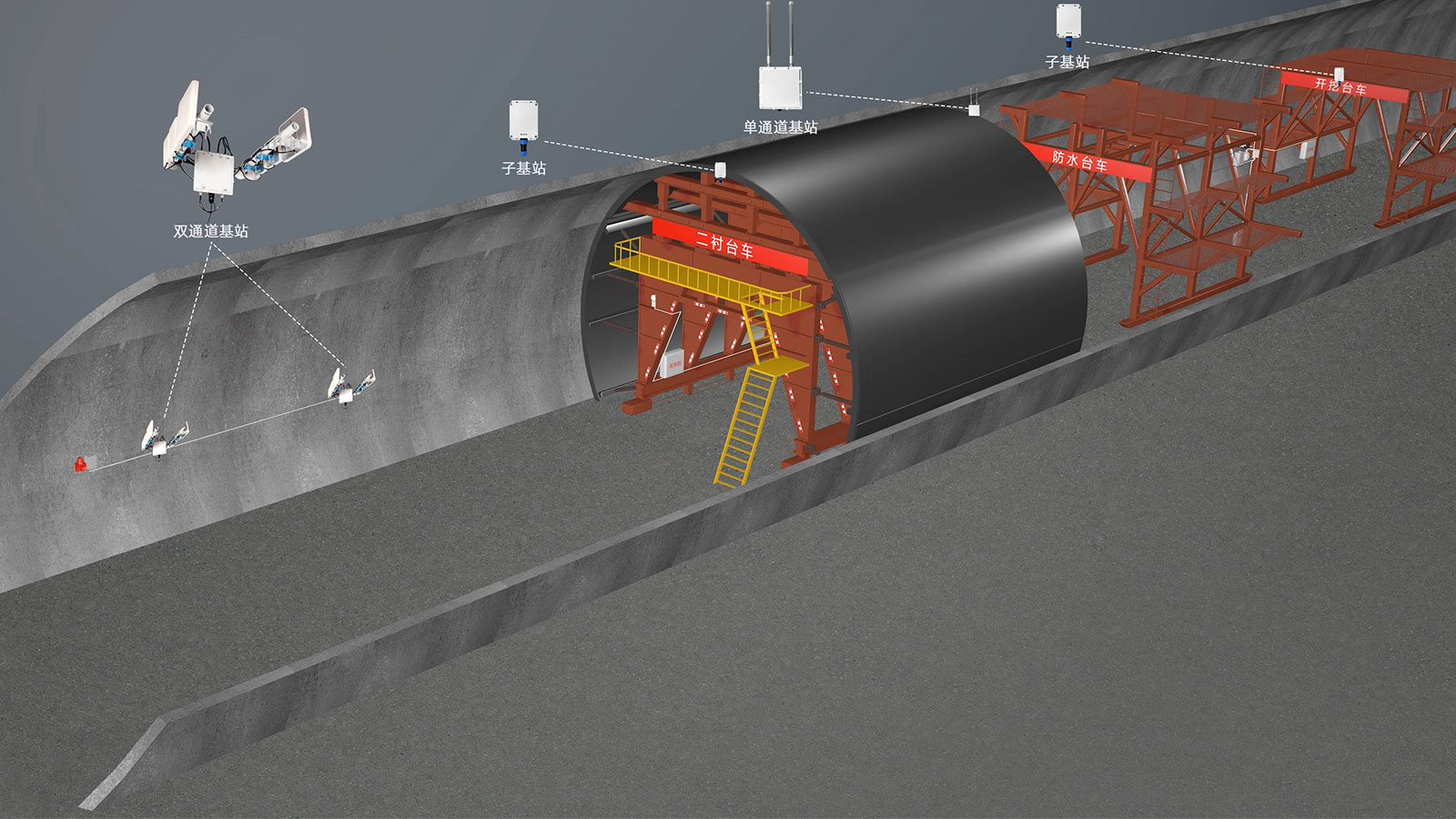
4. Ultrasonic positioning
The representative application case is Shopkic, which installs ultrasonic signal boxes in stores, and the mobile phone microphone detects sound waves to achieve positioning, which is mainly used for store check-in. Ultrasonic waves have a large attenuation in the air and are not suitable for large occasions. In addition, reflection ranging is greatly affected by multipath effects and non-line-of-sight transmission, resulting in the need for accurate analysis and calculation of the underlying hardware facilities investment, which is too expensive.
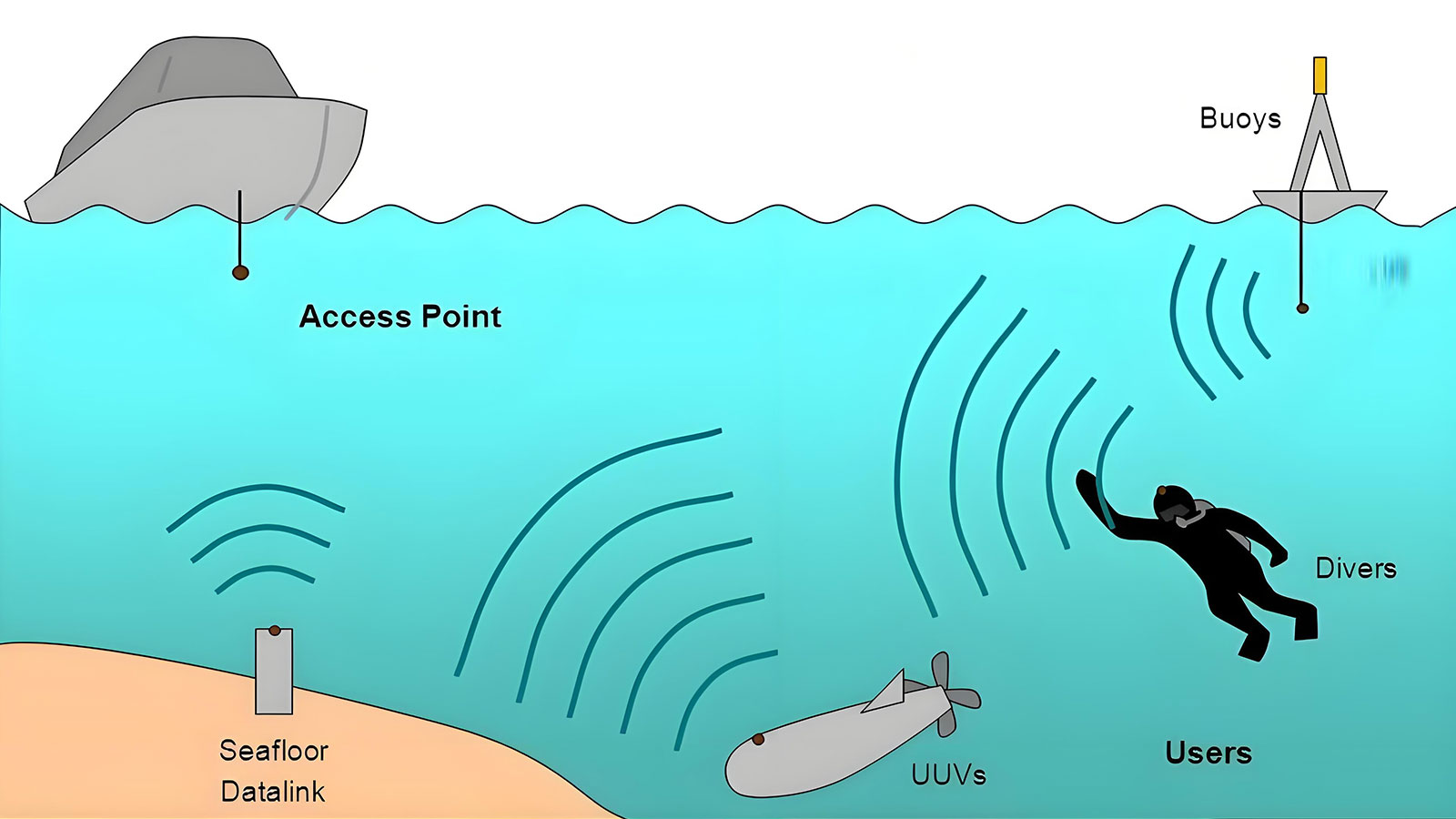
5. LED positioning
It is realized by LED lamps on the ceiling. The lamps emit flashing signals like Morse code, which are then received and detected by the user's smartphone camera. The positioning accuracy can be within 1 meter. LED positioning requires the modification of LED lamps, adding chips, and increasing costs. Infrared rays can only be transmitted within line of sight, with extremely poor penetration and are easily affected by environmental factors such as lights and smoke. The positioning effect is limited. It is more suitable for accurate positioning and recording of the orbits of simple objects in laboratories and the position positioning of indoor self-propelled robots. Nevertheless, LED positioning is a very promising indoor positioning technology.
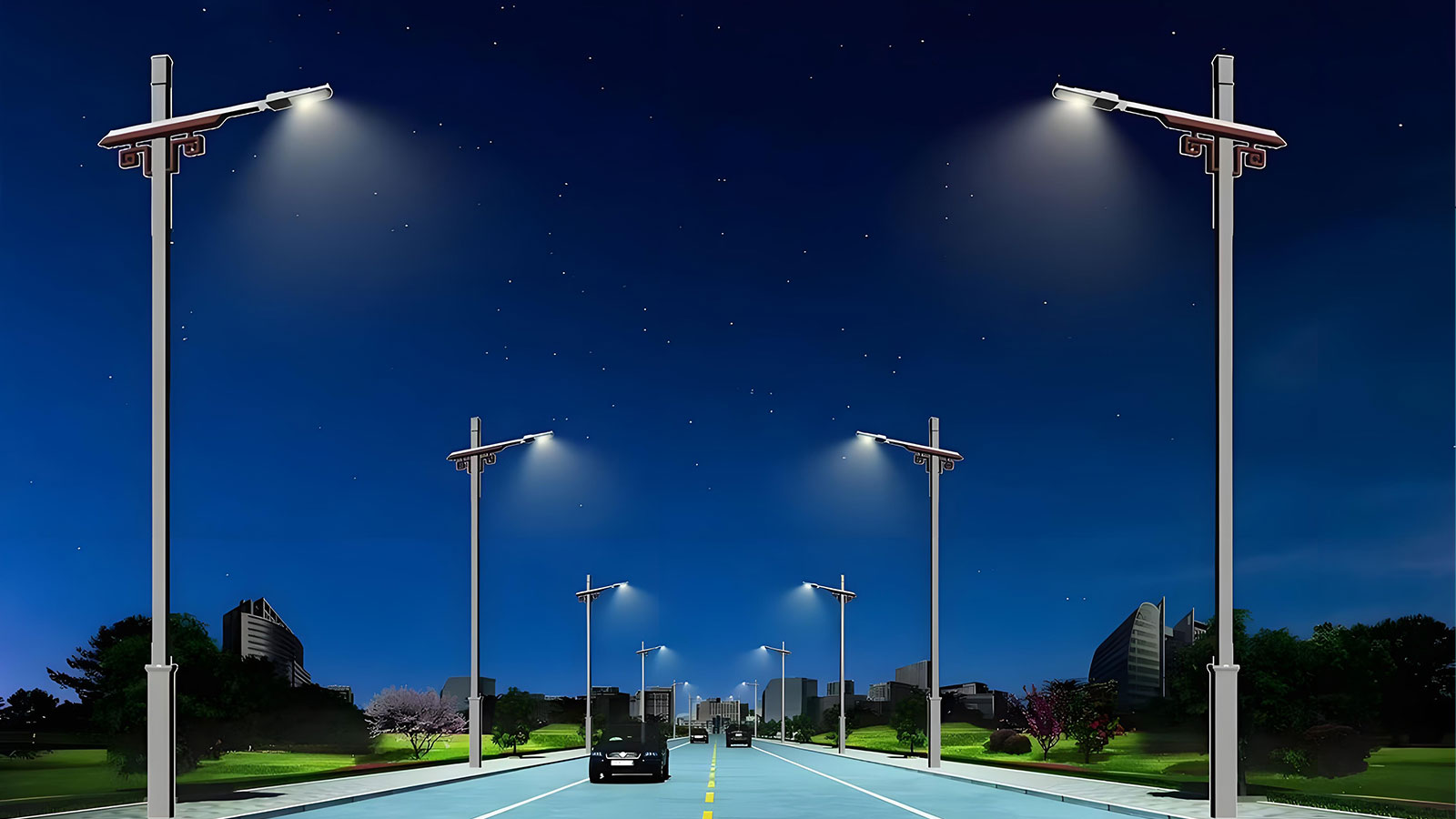
6. Wi-Fi positioning
Due to the popularity of Wi-Fi networks, it has become very popular. Wi-Fi positioning can achieve meter-level positioning (1~10 meters). There are two types of Wi-Fi positioning techniques. One is to use the wireless signal strength of mobile devices and three wireless network access points to triangulate people and vehicles more accurately through differential algorithms. The other is to record the signal strength of a large number of confirmed locations in advance, and confirm the location ("fingerprint" positioning) by comparing the signal strength of newly added devices with a database with a large amount of data. However, iOS does not support Wi-Fi indoor positioning (Apple has locked the underlying things of Wi-Fi, and developers cannot know some important Wi-Fi information), and cannot achieve accurate positioning and the response speed is not high. Wi-Fi positioning is suitable for positioning and navigation of people or cars, and can be used in various occasions such as medical institutions, theme parks, factories, shopping malls, etc. that require positioning and navigation. Now ibeacon positioning has gradually been used in the market.
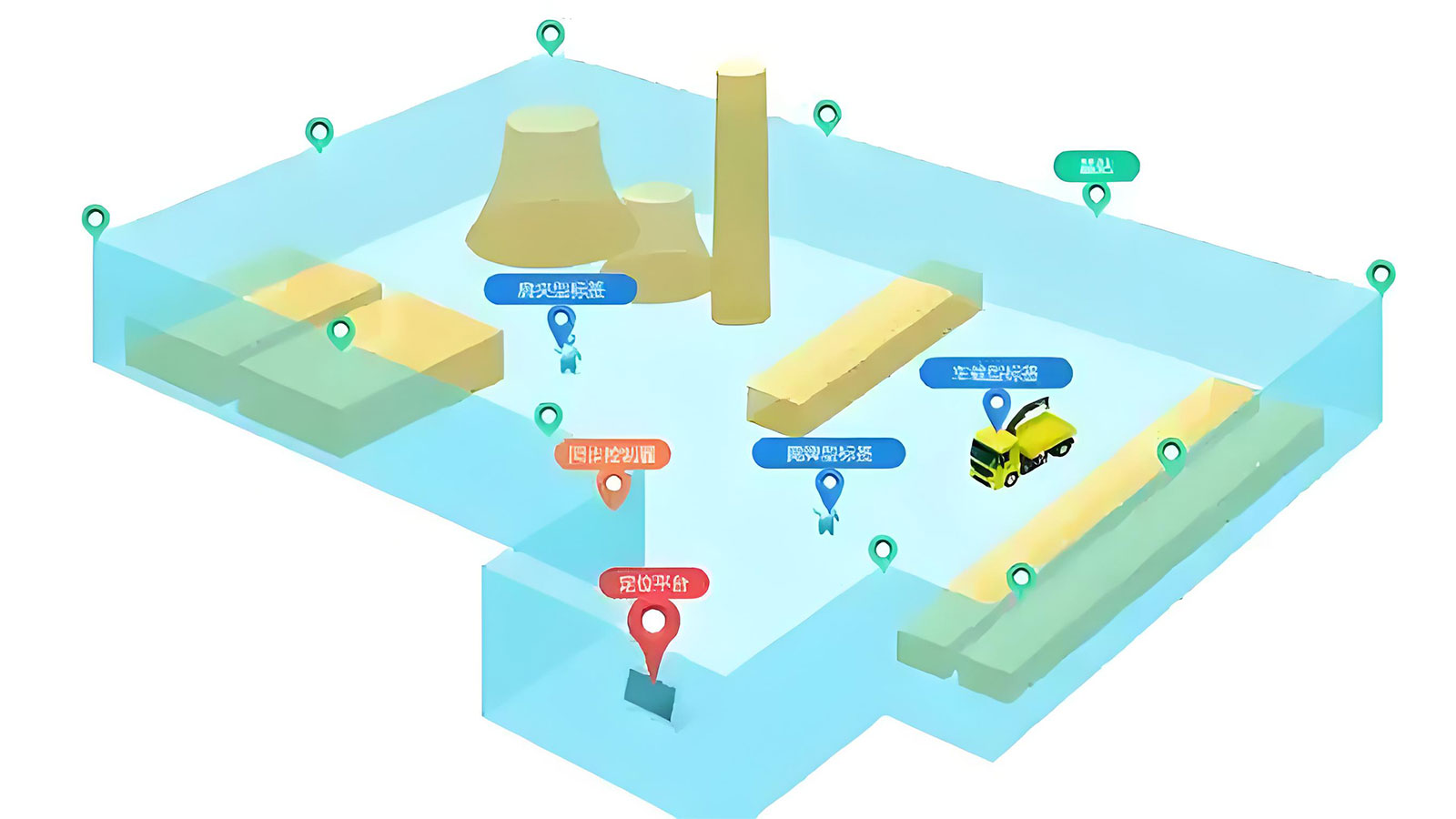
Indoor positioning algorithm
1. Nearest neighbor method
The simplest way is to directly select the location of the AP with the strongest signal strength. The positioning result is the location of the currently connected Wi-Fi hotspot stored in the hotspot location database.
2. Triangulation method
The distance or viewpoint between the target and the AP is obtained through various signal parameters, and the location is calculated by geometric methods. Including arrival time method, relative arrival time method, arrival viewpoint method, ranging method based on signal strength, and hybrid algorithm.
3. Fingerprint method
It is to measure the signal characteristics (signal strength of each Wi-Fi) at each location in advance and store them in the fingerprint database. When positioning, match the current signal characteristics with those in the fingerprint database to confirm the location.
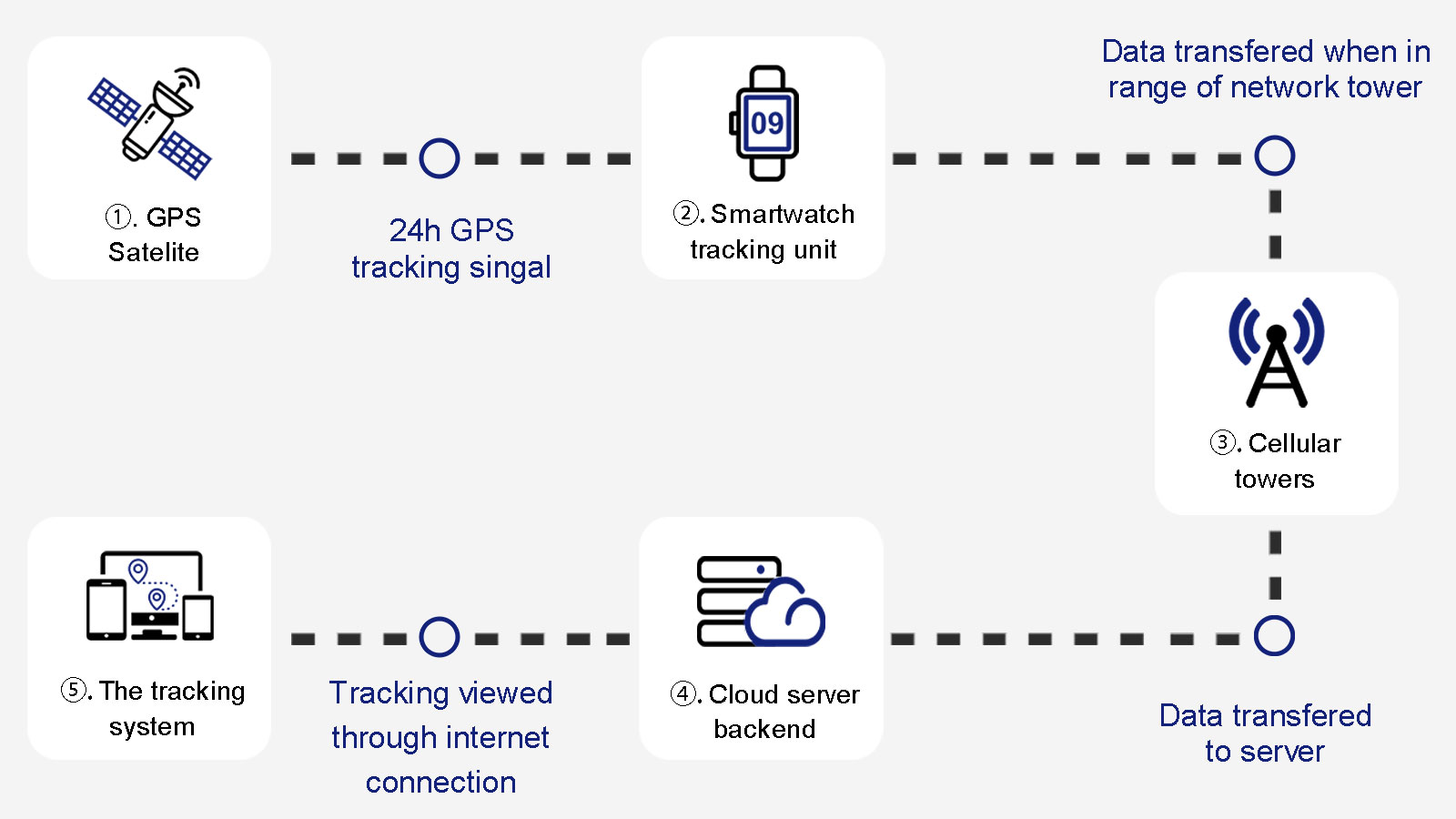
At present, the indoor precise positioning solution is still difficult to achieve, and various algorithms have their own defects. The positioning accuracy of the nearest neighbor method cannot be guaranteed; the triangulation method is theoretically more accurate, but for ordinary equipment, parameters such as time and viewpoint are difficult to obtain; the fingerprint method requires a lot of work in the early stage of map drawing, and once the location is temporarily changed, the signals in all directions will change, resulting in positioning errors. The base station has a large coverage area, and a slight deviation in the viewpoint will cause a large error, not to mention the influence of various non-line-of-sight and multipath environments, resulting in large accuracy errors. Therefore, most of the current mobile phone indoor high-precision positioning uses a combination of multiple algorithms.
-
Prev:
No More! -
Next:
Smart Elderly Care Solution by Smart Watch Share:
Return to list






